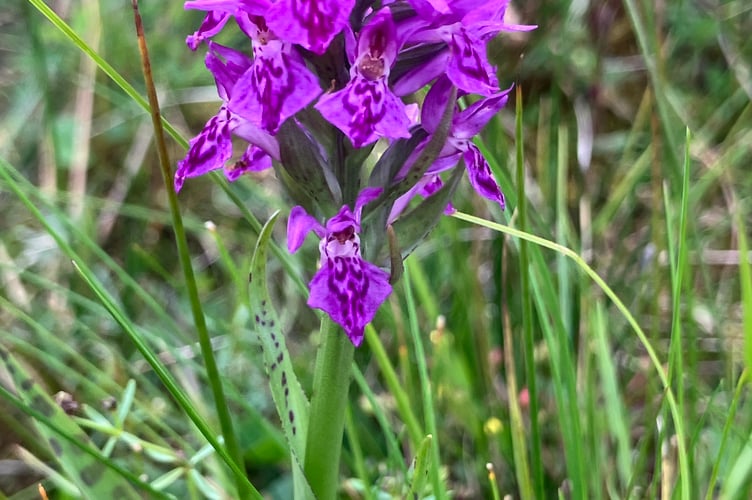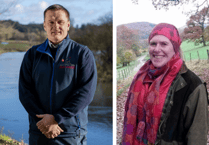This summer, botanists are out scouring Wales’ most special wildlife sites, trying to re-find wild plants that haven’t been seen for decades.
The search has proved fruitful so far with a number of species rediscovered, including the world’s smallest tree.
In May, Botanical Society of Britain and Ireland Wales Officer, Alastair Hotchkiss along with other botanists found three Gwynedd location where the Dwarf Willow (Salix herbacea) was growing, after not being recorded for over 50 years.
At just a few centimetres in height, this is a species of mountain tops in Wales - a relic, clinging on for thousands of years since the last glacial retreat. It is also at home in the icy tundras of the Arctic, in Iceland and across Scandinavia.
In June, Welsh Marsh-orchids (Dactylorhiza purpurella var. cambrensis) were re-found on fields beside the Afon Glaslyn near Porthmadog, over 30 years since the last record in this area.

The only other recent records in Wales for this orchid are from the sand dunes at two National Nature Reserves, Ynyslas and Newborough on Anglesey.
Alastair said: “Local botanists are often the only people visiting and recording rare plants, so they have a critical role to play in conserving the wild plants of Wales.”
The focus is on plants that are missing on Sites of Special Scientific Interest (SSSIs).
In 2020, a report from Natural Resources Wales told us that around half the species featured on SSSIs were considered to be in ‘unknown’ condition.
That’s why the BSBI’s two year Priority Plants on SSSIs in Wales project was set up, with the aim of trying to hunt down those plants that hadn’t been recorded on SSSIs for at least 20 years.
.jpeg?width=752&height=500&crop=752:500)
Some of those species have been missing for a long time, and are considered likely to be extinct – for example, it’s been over 100 years since Griffith's Hawkweed (Hieracium griffithii) was last seen at its only known location at Nant Ffrancon in Eryri, in north-west Wales.
Alastair added: “These re-finds give us hope and optimism that nature can and does persist, and that a lot of these long-lost plants are still out there, just waiting to be re-discovered.
“There's lots more to try and re-find this summer.
“It’s not always plain sailing though: there are some plants that we haven’t been able to refind yet.
“Although a minority of plants may have been lost, the vast majority of special plants on protected sites in Wales are still there, and might have been lost if their habitats were not protected in that way - so that’s a success story for nature conservation in Wales.”
“Our community of Welsh botanists has played a huge role in providing the information that is so vital if we are going to protect these wild plants through the coming decades.
“Thanks to the Welsh Government’s Nature Networks Programme, the Priority Plants on SSSIs in Wales project can keep supporting this important work. The information and evidence that Welsh botanists gather will help conserve these wild plant species into the future.”





Comments
This article has no comments yet. Be the first to leave a comment.